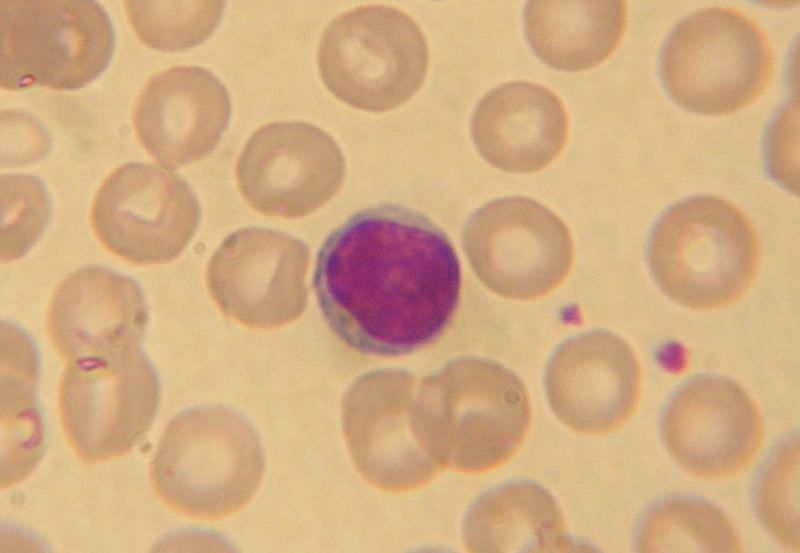
Wright's stain wikidoc
Microscopic appearance of the blood. Lymphocyte Lymphocytus 1/6 Synonyms: none Lymphocytes are types of leukocytes (white blood cells) that represent the primary cells of the immune system. All leukocytes are classified into granulocytes and agranulocytes, and lymphocytes belong to the agranulocyte group.

Large Lymphocyte
Scanning Electron Microscopy. This modality provides three-dimensional information. However, it creates images with less resolution compared to transmission electron microscopy. Normal blood lymphocytes washed and collected on silver membranes and fixed in glutaraldehyde. B lymphocytes under SEM range from 5.1 to 6.4 μm in dimeter.

Infectious mononucleosis and atypical lymphocytosis on a smear
Multiplex Fluorescence Microscopy With Four Lymphocyte Cell Markers: CD3, CD4, CD8, CD20, and CD68 as Reference. All lymphocyte markers were detected within the 1 mm 2 ROIs around mesh fibers that marked the FBG, but CD20+ cells were mainly seen in clusters outside the FBG (Figure 4). In close vicinity to the fibers, there were predominantly.
Large Granular Lymphocyte 1.
[2] Types A stained lymphocyte surrounded by red blood cells viewed using a light microscope 4D live imaging of T cell nuclear dynamics viewed using holotomography microscopy Giemsa stained lymphocytes in peripheral blood The three major types of lymphocyte are T cells, B cells and natural killer (NK) cells. [2]
Clefted Lymphocyte 1.
Lymphocyte Microscopy To identify these cells in a blood smear, Wright's stain can be used. This is an important stain that is often recommended for differential staining of blood smears or bone marrow. Requirements Blood sample immediately drawn or stored in an EDTA tube. Glass slides (2 or 3) Cover slip Compound microscope Wright's stain
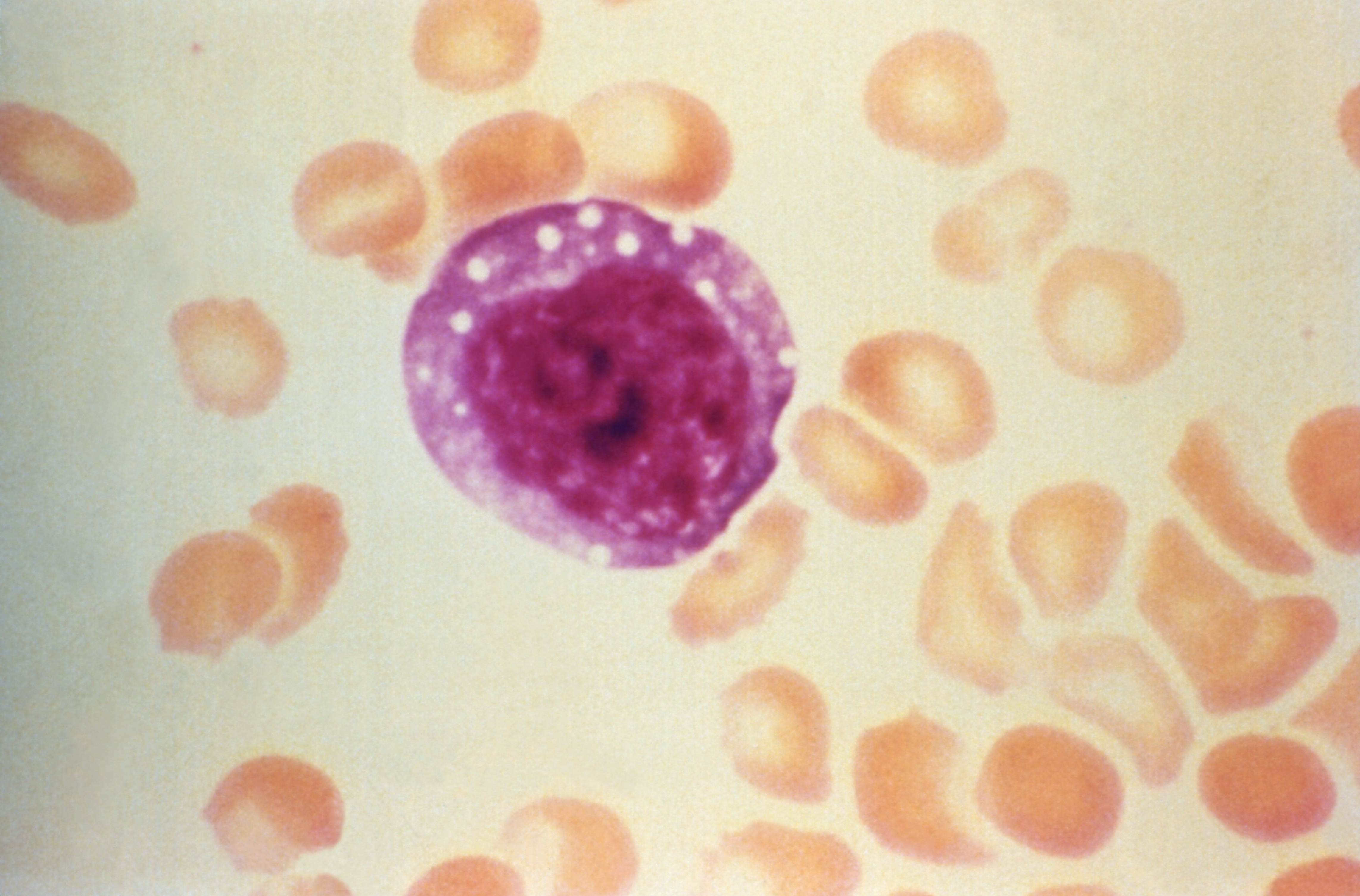
Free picture micrograph, atypical, enlarged, lymphocyte, blood smear
White blood cell taxonomy from bone marrow, including three main types (Granulocytes, Monocytes and Lymphocytes) and seven sub-types ( Neutrophils, Basophils, Eosinophils, Macrophages, Dendritic.
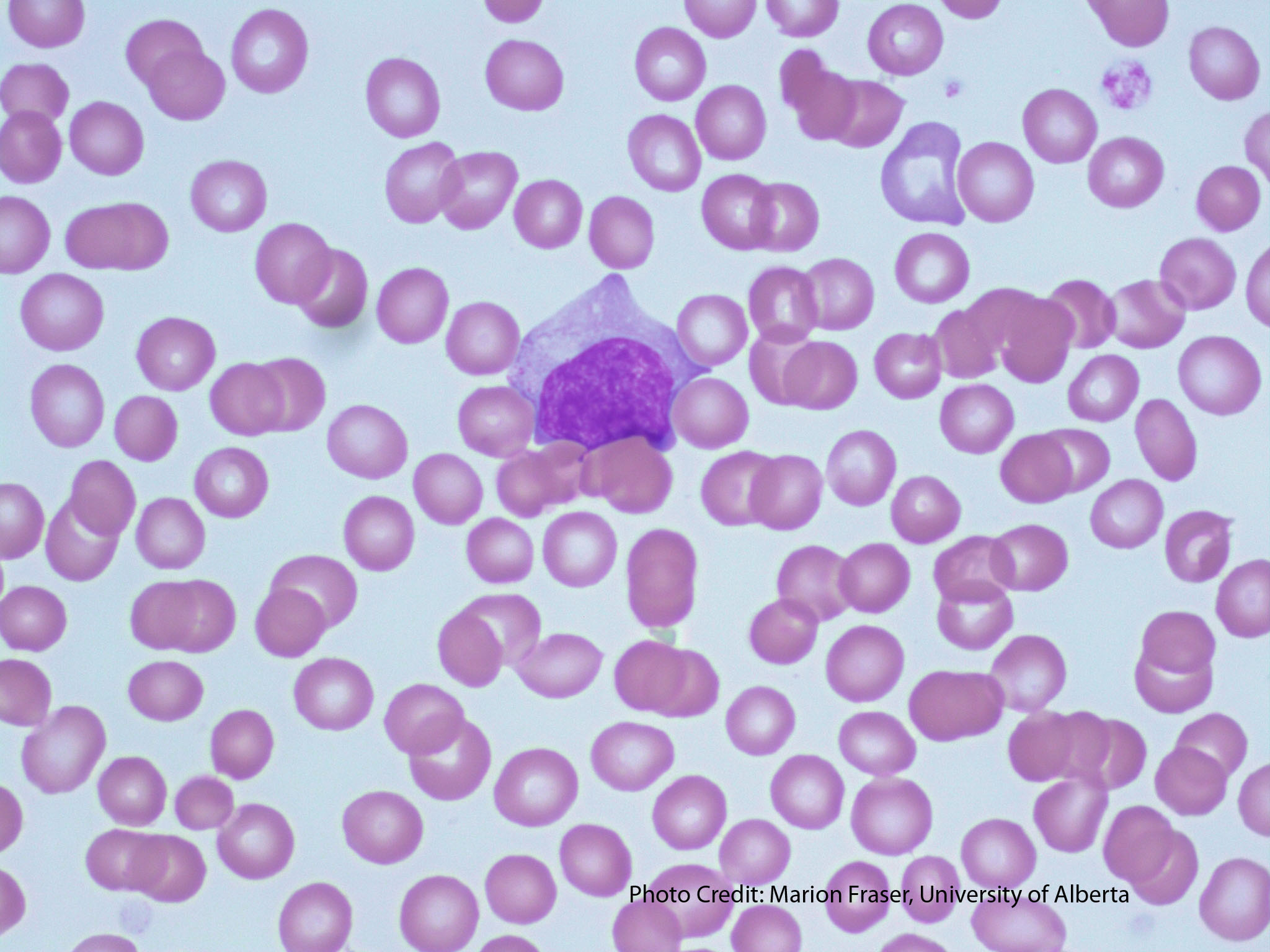
Reactive Lymphocyte 1 ERA
In particular, when combined with two-photon laser microscopy, intravital imaging of surgically exposed lymph nodes provides a unique view of lymphocyte migration and antigen presentation as it occurs within the living animal.
Pediatric lymphocytes
Find Lymphocyte microscope stock images in HD and millions of other royalty-free stock photos, illustrations and vectors in the Shutterstock collection. Thousands of new, high-quality pictures added every day.

Lymphocyte cells stock photo. Image of care, microscopic 92594228
The proposed method was tested on live lymphocyte images acquired through the phase-contrast microscope from the blood samples of mice, and comparative experimental results showed the advantages of the proposed method in terms of the accuracy and the speed. Tracking experiments showed that the proposed method can accurately segment and track.
Large granular lymphocyte in a patient of systemic lupus
Find Lymphocyte T Microscope stock images in HD and millions of other royalty-free stock photos, illustrations and vectors in the Shutterstock collection. Thousands of new, high-quality pictures added every day.
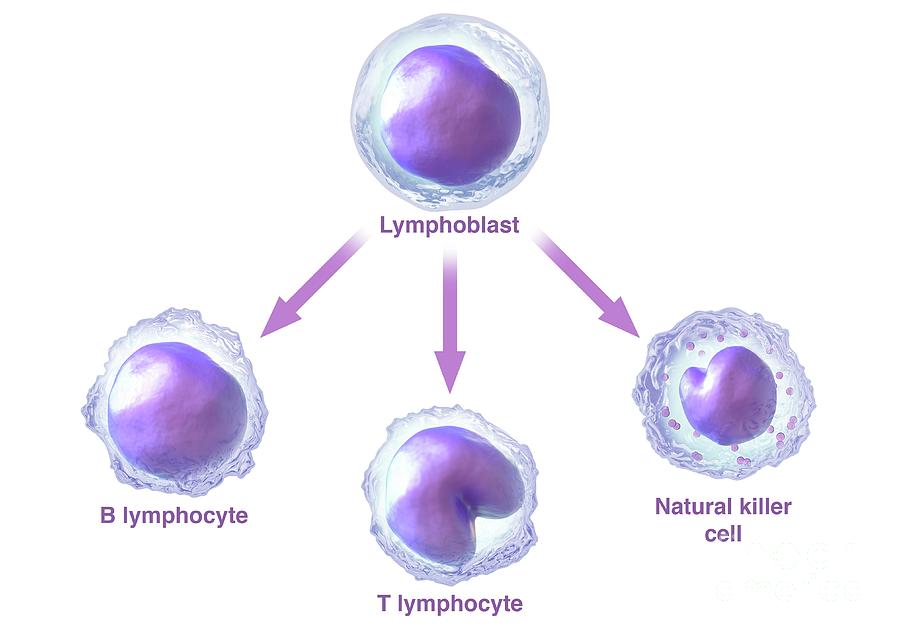
Lymphocyte Formation From Lymphoblasts Photograph by Maurizio De
Lymphocyte: A scanning electron microscope (SEM) image of a single human lymphocyte. B cells are involved in humoral adaptive immunity, producing the antibodies that circulate through the plasma. They are produced and mature in bone marrow tissues and contain B cell receptors (BCRs) that bind to antigens. While in the bone marrow, B cells are.
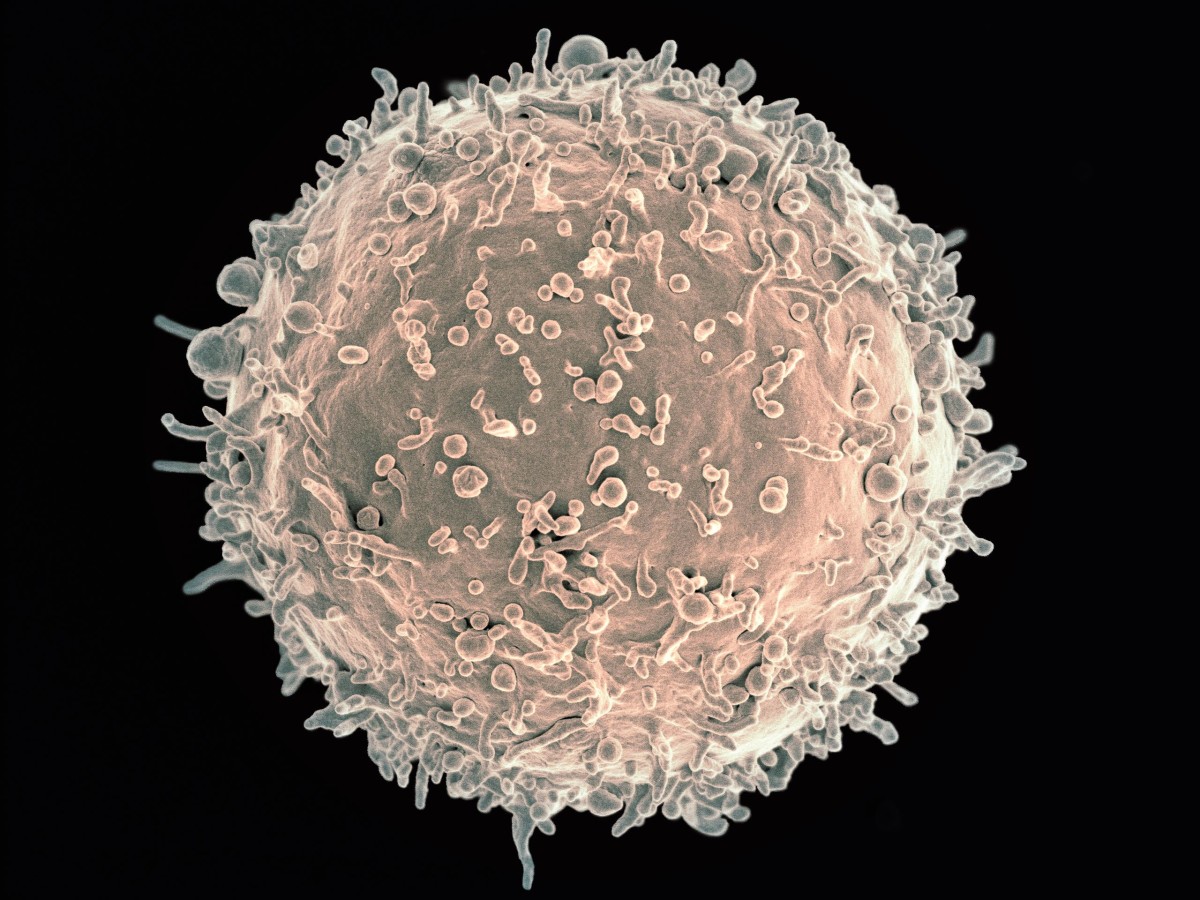
The Immune System, Lymphocytes, and NK, B, and T Cells Owlcation
Advanced electron microscopy techniques, including scanning electron microscopes (SEM), scanning transmission electron microscopes (STEM), and transmission electron microscopes (TEM), have.
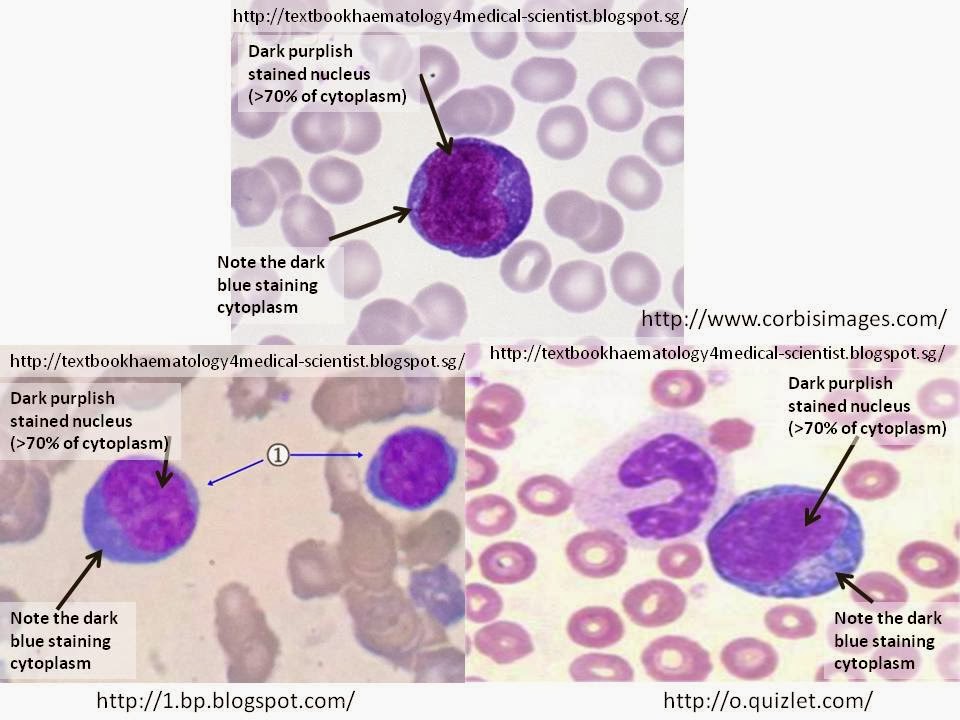
Haematology in a NutShell Reactive/Atypical Lymphocytes
In this case, we perform a two-dimensional (2D) tiled scan of a 16 mm × 6 mm area using inverted epifluorescent microscopy while passing the tiled images to the YOLOv5 network (Fig. 2a). For a.

Pin on medical education
The validation set contained two images of each considered organ (breast, colon, prostate), one stained with CD3 and one stained with CD8. The test set contained fifteen images of colon cancer and breast cancer, and ten images of prostate cancer, with the same proportion of slides stained with CD3 and CD8. 3. Learning to detect lymphocytes
Lymphocyte
Lymphocytes are a central component of immune defence mechanisms and have a pivotal role in our battle against pathogens. During adaptive immune responses, lymphocytes bearing antigen receptors.
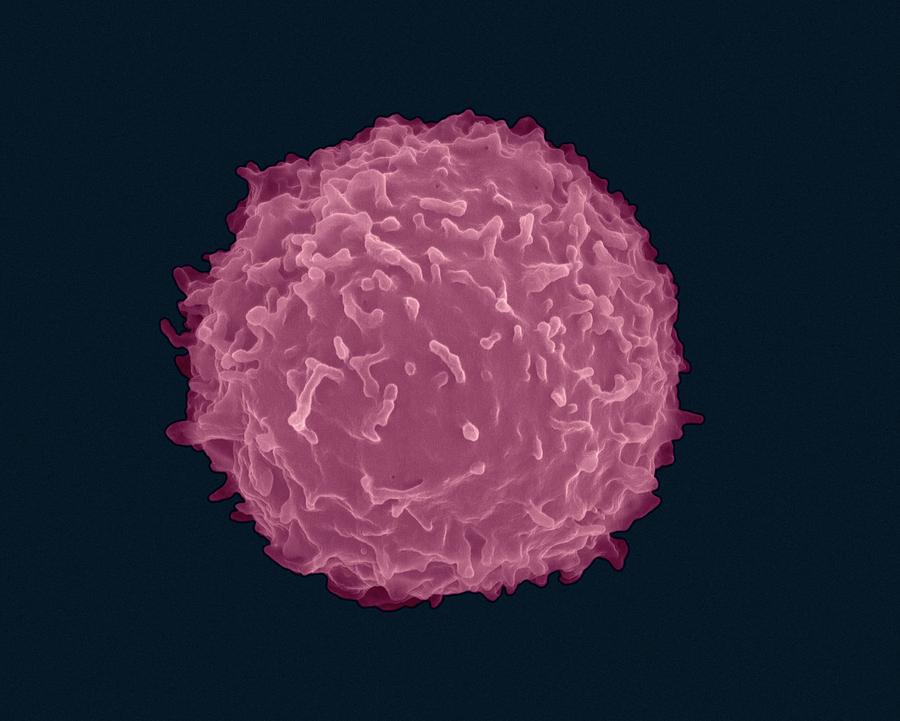
Human T Lymphocyte Photograph by Dennis Kunkel Microscopy/science Photo
Time-lapse imaging provides a uniquely dynamic view of biological processes in living systems 1,2,3,4,5,6,7. Powerful insights into development and function have followed through a union of modern.